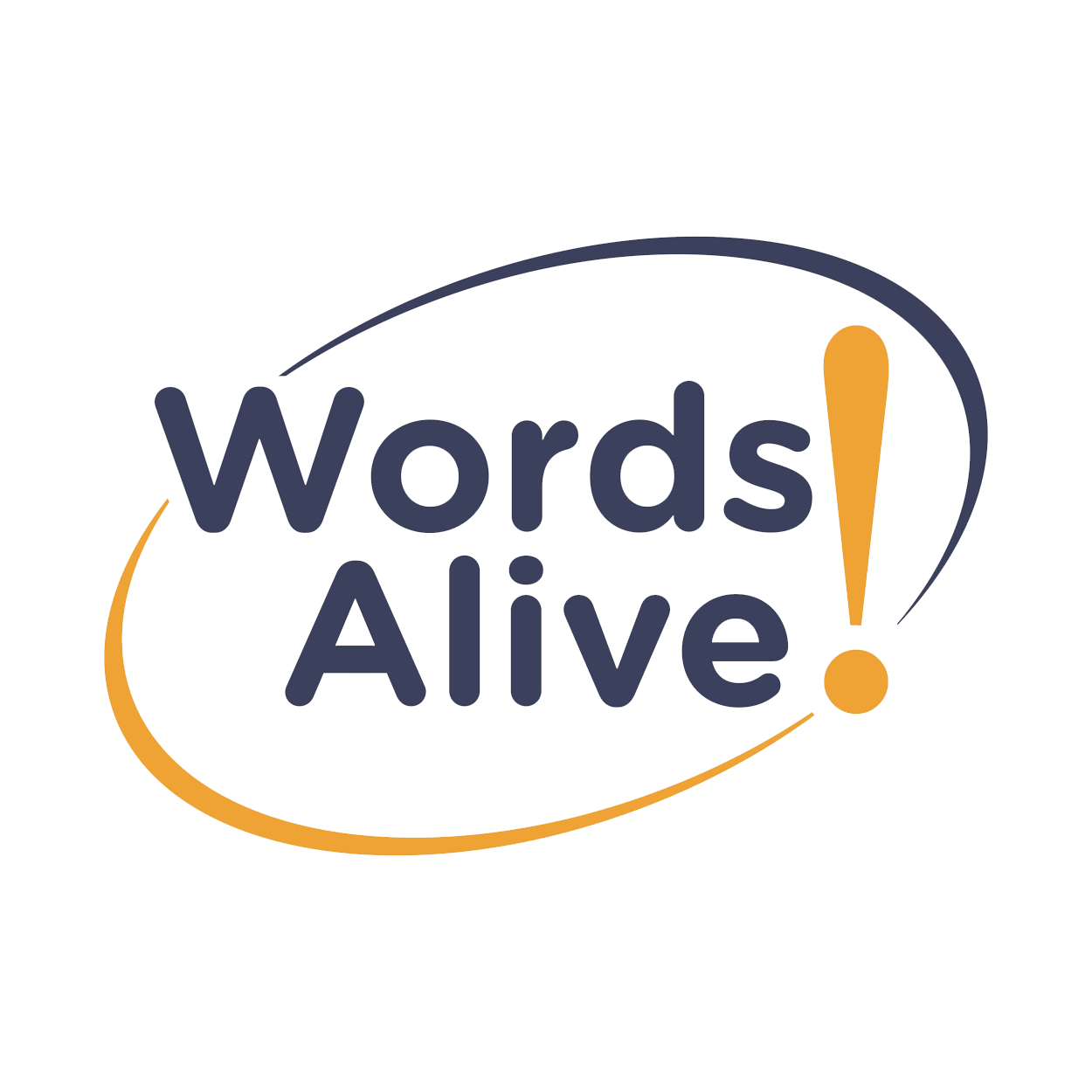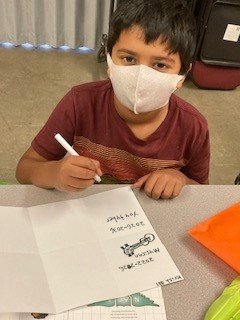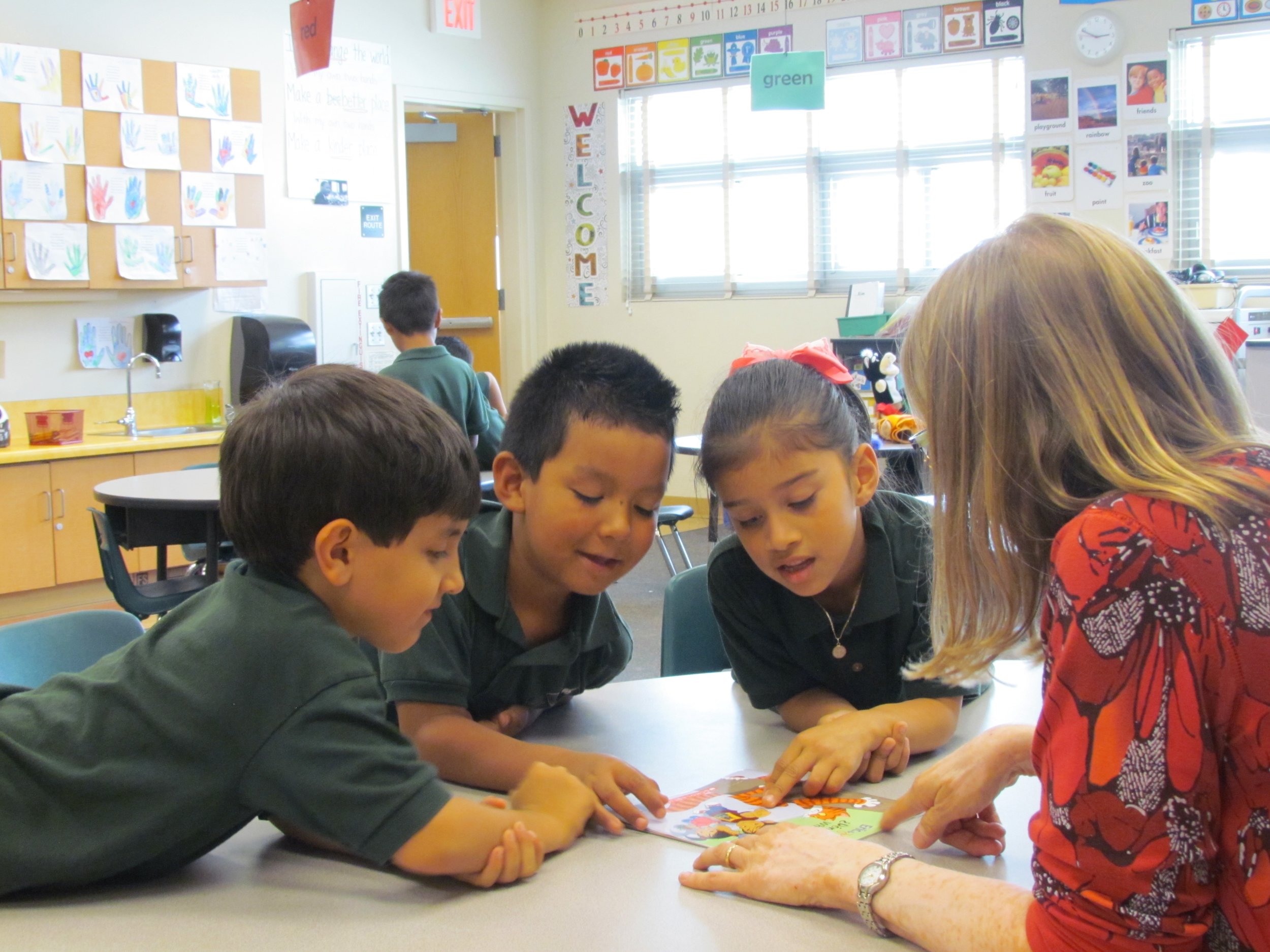Written by: Melinda Cooper, Words Alive Program Director
Student in summer programming connecting themes from a story and their authentic voice in a writing exercise.
When you hear the phrase “true, authentic voice,” what comes to mind? Maybe you thought of speaking the truth, keeping it real, or being the genuine article. Maybe you thought of being worthy of acceptance, or, simply, of being good.
Authenticity is universally valued across groups, cultures, and societies. People of all backgrounds understand the importance and power of being authentic. After all, authenticity build trust amongst individuals and communities, who themselves have the power to ensure that healthy systems are nurtured and sustained to support current and future generations.
Self-expression comes naturally to children, as all caregivers and teachers know, and at Words Alive, we believe in the ability of families and communities to co-create self-expression with their children and we are committed to nurturing the resiliency of children and teens through the transformative power of reading and storytelling using authentic voices.
When young learners hear and resonate with the stories of others, they learn more about themselves. Through exposure to consistent, responsible role models enthusiastic around reading, as well as access to high quality curriculum and materials, young learners in our programs are able to draw and explore connections with the texts, which supports their healthy self-expression, brain development, social-emotional skills, and future successes.
Author, Marcie Colleen, with a family who just received their new copy of Penguinaut!
This year, 5,000 students from across our programs and the region will participate in a series of volunteer-led, dynamic sessions including discussions, creative writing, books to keep, and art! Our anchor texts will feature characters navigating challenges and friendships on their journey to discover and celebrate their authentic selves.
In our Family Literacy and Read Aloud programs, which collectively serve kids from preschool to third grade, you’ll find us reading such books as:
The Legend of Rock, Paper, Scissors by Drew Daywait
Penguinat! by Marcie Colleen
Ruby Finds a Worry by Tom Percival
Youth participating in our Adolescent Book Group program will be reading texts throughout the school year that represent a range of intersectional identities, family structures, and socially relevant issues. Titles include:
Hello, Universe by Erin Entrada Kelly
The Poet X by Elizabeth Acevedo
Not So Pure and Simple by Lamar Giles
In addition to carefully developed reading guides, discussion questions, and instructions for families in their home language(s), young scholars will also receive learning kits to keep and take home. Our learning kits are thoughtfully equipped with the tools young readers can use to help bring the stories alive and draw connections between the text, themselves, and the world.
As students read fresh and relevant texts about characters who face challenges with resilience, courage, and kindness, these young scholars will develop the ability to reflect on their own tribulations and sharpen their coping skills. Talking to each other about the texts and reading aloud to one another builds their confidence and emotional awareness while also developing their vocabulary and critical thinking.
Teens in our Adolescent Book Group program reading Hey Kiddo!
As they connect to the topics and themes of the texts through curriculum-backed crafts and creative writing activities, the young scholars in our programs are motivated to engage with their own authentic voices in a way that is fun, impactful, and sustainable for a lifetime.


























